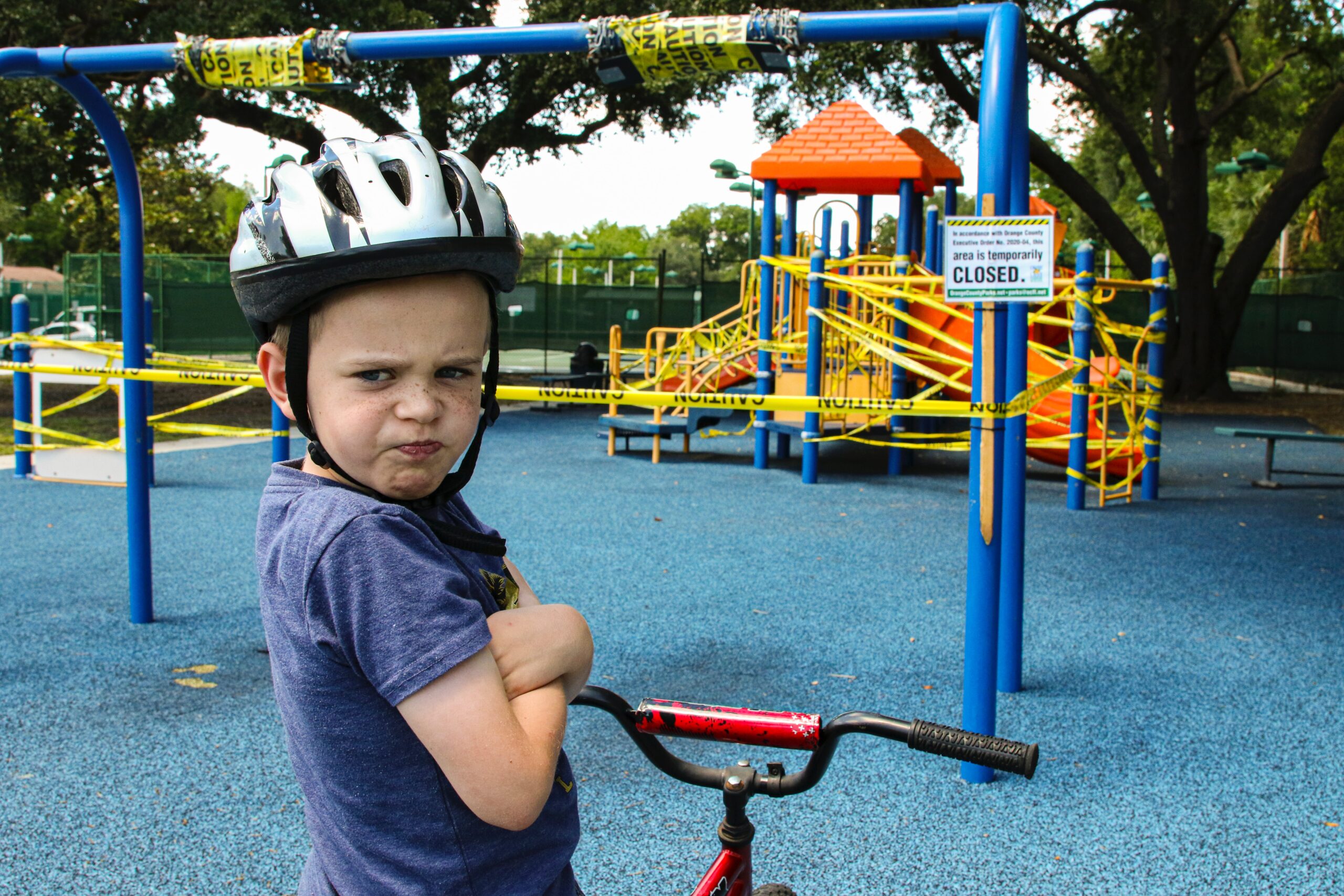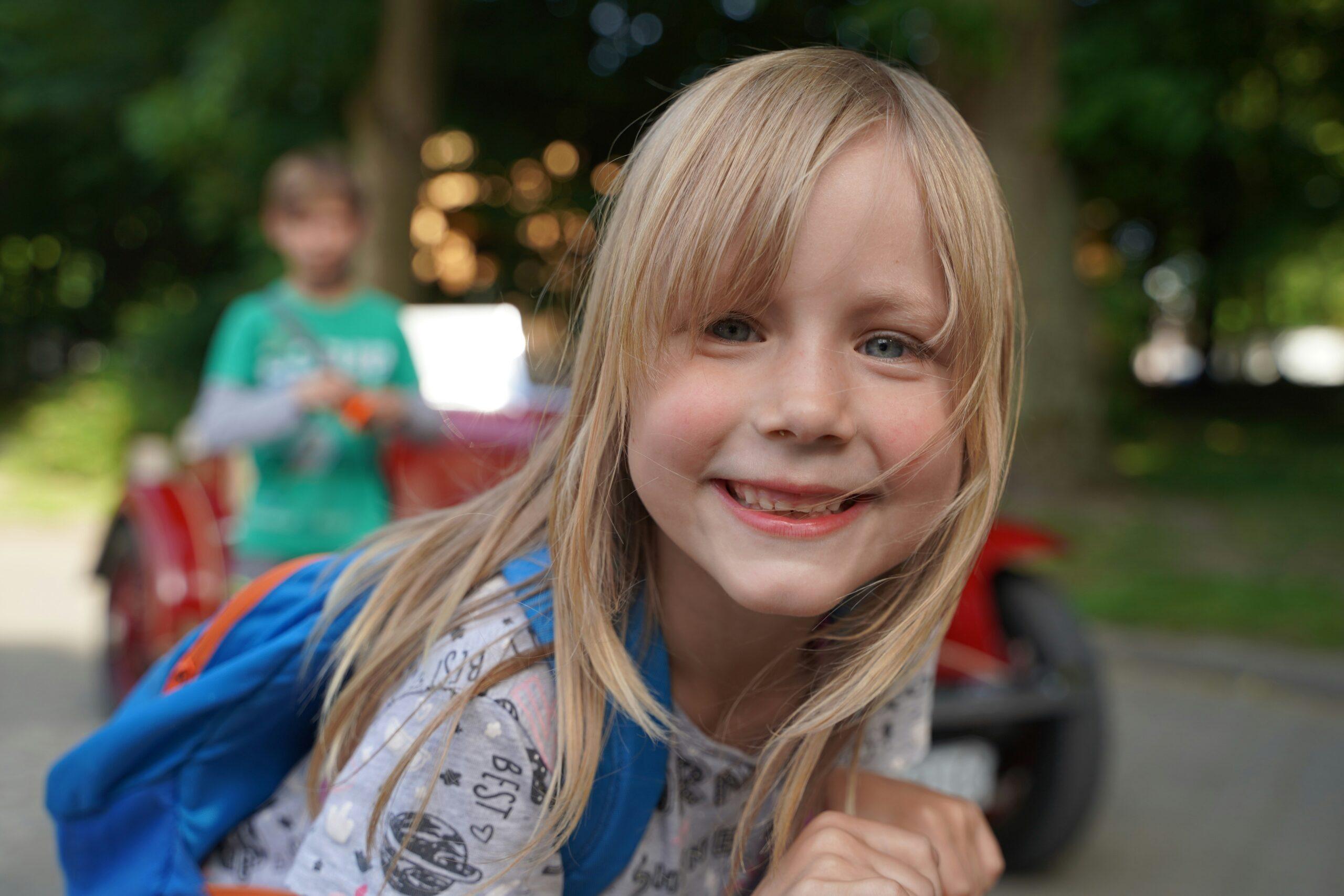Behavior is always at the forefront of discussions about raising children. It’s the concern that has launched a thousand parent-teacher meetings; it’s the fire-breathing dragon, the T-Rex and the Titanic hitting the iceberg— sometimes all at once.
There’s a very wide range in how we as adults respond to challenging behaviors. Too often, we fail to recognize that behavior always has a source and, far too often, we display a fatal lack of curiosity about that source. At worst, we make the assumption that the child could change this behavior at will if only he wanted to. Only slightly better are halfway efforts to address these behaviors by attempting to interrupt or extinguish them, squashing the symptom but disregarding the underlying reason for the bad behavior.
Not only is behavior one of childhood’s most discussed, debated and dreaded issues within and beyond the special needs category, but it is perhaps the most misunderstood as well. And yet the beginnings of taming the behavior beast come down to one simple concept: All behavior is communication. Your child is giving you information about factors seen or unseen in his environment that are affecting his ability to cope with a number of issues, such as an overwhelmed sensory system, impaired language functioning, emotional or physiological issues or social expectations. He is telling you that his so-called “negative” behavior is preventable, but only if you are willing to root out and address the cause.
And there is a reciprocal factor at work here too. What is your behavior telling him? We have to acknowledge that our own behavior is information we are imparting to the child about his environment. Dr. Cliff Arnall, a British psychologist specializing in seasonal disorders, has calculated that January 24 is the most depressing day of the year. By that time, holiday cheer is gone, the bills are coming in, the weather is either the coldest or hottest of the year (depending upon hemisphere) and… most New Year’s resolutions have already fallen by the wayside. This statement is a powerful reflection on us as adults and our attempts at modifying our own behavior.
The thing is, we frequently set ourselves up for failure because three or four New Year’s resolutions are too many. We all know too well how demoralizing it is to swallow the fact that we didn’t keep any of those resolutions, didn’t manage to change our behavior. How much better it would be to pick one battle to win at a time, to experience incremental success and the feeling of self-worth that comes with it before moving on to the next battle.
So approach the equation as seen through your child’s eyes: behavior = parent + child + environment. You may have read far and wide on the subject of behavior modification, but how much of what you’ve read asks you to focus not just on the child’s behavior, but in equal part on your own adult behavior and the role it plays? If you can accept that your child’s behavior may be a response to your own behavior, here is some food for thought— some ways we can begin to turn the tide.
Are you making a bad situation worse? Believe this: Your child truly does not want the spirit-crushing feedback he gets from “bad” behavior, nor does he intentionally melt down, lash out or otherwise disrupt his family or classroom. Ask yourself honestly if your response to his bad behavior is prolonging rather than resolving the crisis. Raising your voice means he hears the volume and tone, the anger and scorn, but not the words.
Trying to shame or embarrass him out of a behavior by letting him “learn a lesson the hard way,” only teaches him that he cannot trust you to protect him and guide him respectfully. Imposing a double standard, making him publicly follow rules that are different than peers or siblings squashes his self-esteem and only makes it harder for him socially. Comparing his character or efforts to that of a sibling or other student is unfair and irrelevant.
At one time or another, we all make decisions in the heat of the moment that we later regret. If you do lose it, you can still produce a positive result by modeling how a responsible, compassionate and fully human person issues a sincere apology. He needs to learn that everyone messes up sometimes, even you, and that even when the mistake looks huge, we can still make things right and move on.
If you are not getting through, try another way. Perhaps you’ve heard this definition of insanity: always doing things the same way and expecting different results. If despite your repeated efforts, your child’s behavior isn’t changing, maybe the behavior that needs to change is yours. If his behavior hasn’t changed, you haven’t found the root cause yet. Look further.
Are your rewards really rewards? Your child’s interests may not be the same as those of his peers. Assuming that he will find typical rewards to be motivating is a mistake. Being rewarded for good behavior with treats that your child hates (ice cream hurts my teeth!) or toys he doesn’t understand (glad YOU like the Star Trek Monopoly game) will not inspire change. If you want to know what rewards your child will find motivating, ask and observe!
Walk your talk. Be the model of what you want to see in him. If you yell, mock or hit when you are mad, he will too. If you are going to try to stop a repetitive behavior such as rocking, tapping or twirling, you can’t expect him to understand why while you’re chugging all those Diet Cokes or lattes, cracking your knuckles or your gum or jingling your keys. Want him to learn not to interrupt and to pay attention to you when you talk? Double-check to make sure you are giving him the same courtesy.
Is the behavior harmful, or just annoying to you? Behaviors that affect health or disrupt the classroom or home should be first priority to monitor. Then please give some thought to other behaviors you find inappropriate or negative. Carefully consider, choose your battles and focus your efforts where they will have the greatest benefit, one thing at a time.





